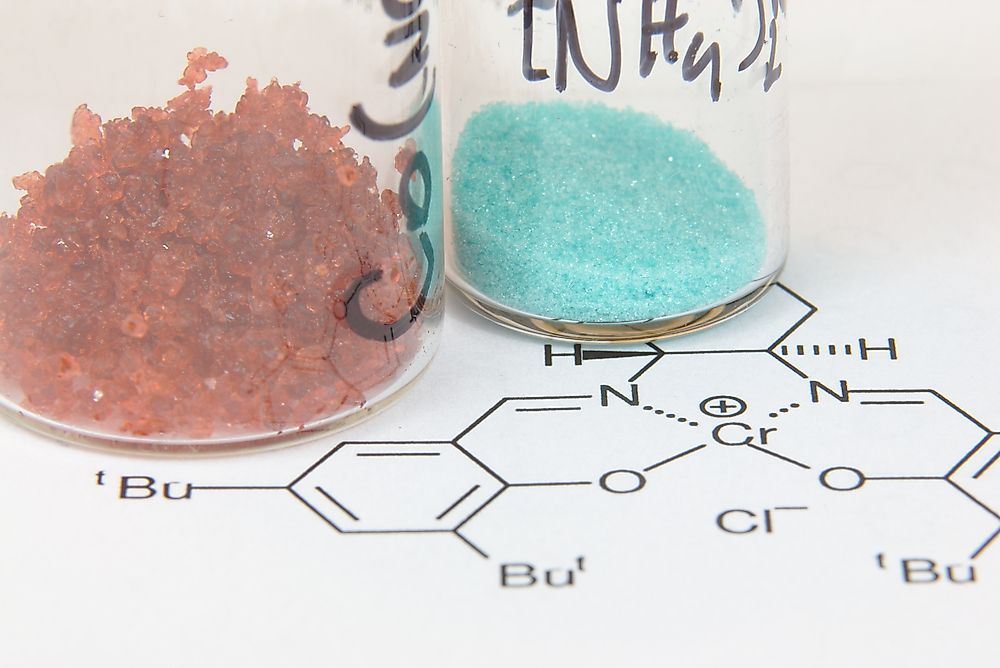What is the Difference Between Organic and Inorganic?

Definitions of Organic and Inorganic Compounds
An organic compound refers to chemical substances that contain carbon in their structure. The carbon existing in living organisms makes it organic but other elements such as hydrogen, oxygen, and nitrogen may also be present because of the carbon bonds.
On the other hand, scientists define an inorganic compound as one lacking carbon molecules. They tend to be synthesized by geological systems and derived from minerals. The production of these compounds is through human interventions or experiments from laboratories.
Organic Foods
The terms organic and inorganic are also used agriculturally to refer to food. Organic food is food grown without traces of chemicals such as herbicides, pesticides, fertilizers, sewage sludge, and ionizing radiations. The production of organic food requires the use of natural sources like crop residues and compost manure. However, inorganic food is what farmers grow with the use of human-made fertilizers.
Differences Between Organic and Inorganic Compounds
Firstly, organic compounds are produced by and mostly associated with living organisms. They often result from human activities while non-living processes produce inorganic compounds. Therefore, it is common to find that organic compounds contain fatty acids, lipids, proteins, and enzymes found in the cells of living organisms while inorganic compounds contain salts and metals. Secondly, organic compounds contain metal atoms while the inorganic compounds do not have the metal atoms. Thirdly, organic compounds consist of carbon atoms together with hydrogen atoms forming hydrocarbons. On the contrary, inorganic compounds possess neither hydrogen nor carbon.
Finally, all organic compounds have carbon without exception. However, some few inorganic compounds contain carbon in them. For example, carbon monoxide has carbon atoms, however, it is not enough to classify it under organic compounds. The same case applies to carbon dioxide. Hence there is an exception to the general rule when it comes to inorganic compounds.
Examples of Organic and Inorganic Compounds
Some examples of organic compounds include sucrose and methane. Sucrose, commonly known as sugar has a chemical name written as C12H22O11.The elements that form sugar are carbon, hydrogen, and oxygen. As a result, sugar qualifies to be called an organic compound. Similarly, methane (CH4) also has carbon and hydrogen components in its structure. Hence, methane is also a carbon compound.
On the other hand, examples of inorganic compounds are ammonium sulfide and calcium chloride. The chemical composition of the two can be seen in their chemical names: (NH4)2S and CaCl2 respectively. None of these compounds qualify to be called organic since they lack carbon.
Application
Inorganic Chemistry is one of the broadest subjects since it covers thousands of substances that are devoid of carbon. Most of the inorganic compounds find use in medicine and healthcare sectors. For example, sodium and potassium chlorides relieve patients of the weakness that they experience during dehydration, vomiting, and diarrhea. Also, oxygen is vital for respiration and sodium fluoride for preventing dental caries. On the other hand, organic compounds are also essential. Aldehydes such as formaldehyde are fundamental in the storage of biological specimens. Graphite and diamonds are very highly priced in the jewelry markets worldwide.











